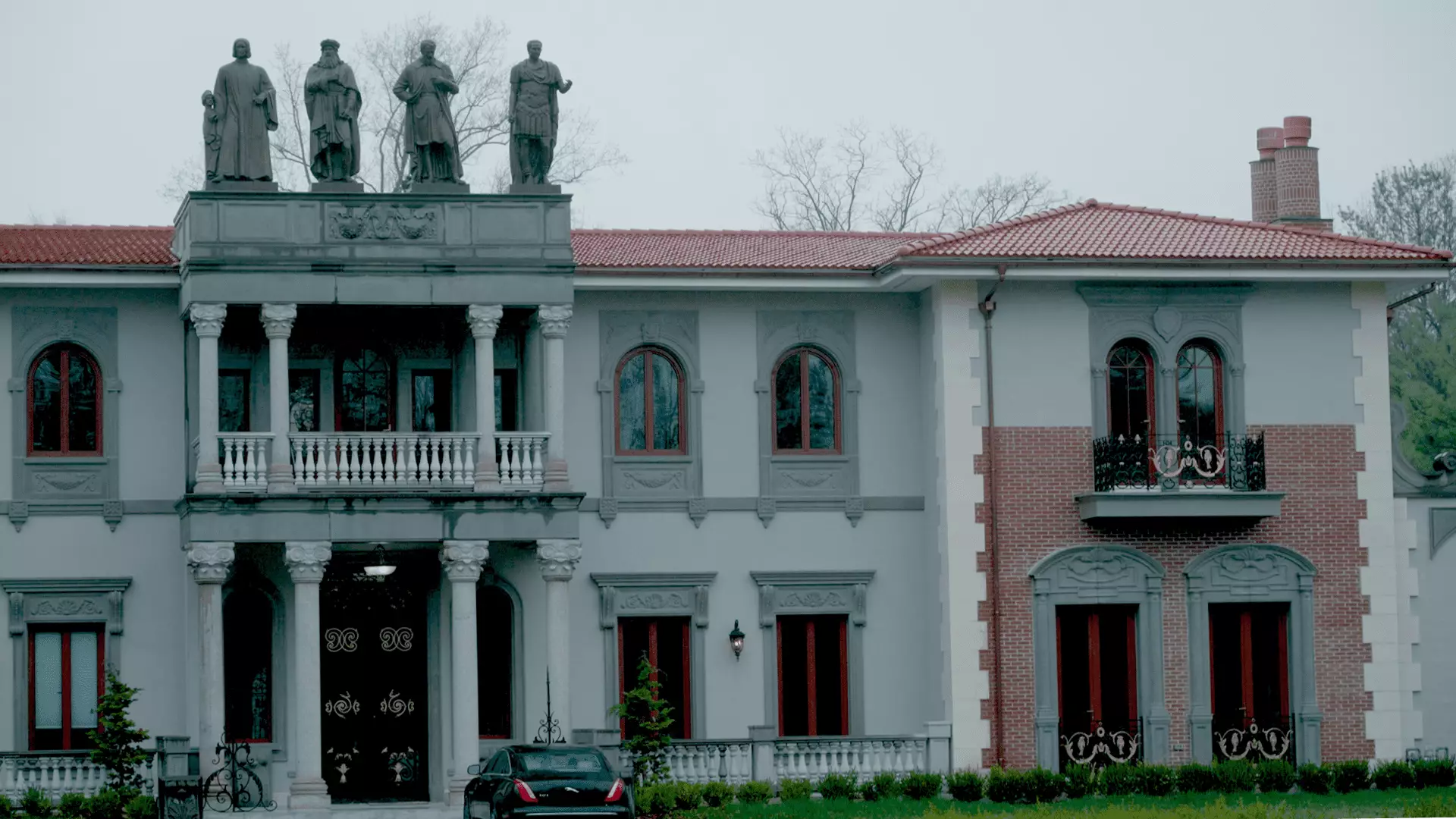The 1980s marked a seismic shift in American architecture with the emergence of what we commonly refer to as „McMansions.“ These oversized homes became synonymous with suburban sprawl, flaunting grand facades and ample square footage—qualities that seemed enticing to many prospective homeowners. The critiqued style, however, is often enveloped in a cloud of controversy due to its questionable craftsmanship, design incoherence, and issues of long-term value. As eloquently articulated by architecture critic Kate Wagner, the homes represent an excess in desire yet often lack intrinsic quality due to their reliance on inexpensive materials like vinyl and stucco.
Despite the myriad critiques surrounding McMansions—issues ranging from aesthetic awkwardness to dubious investment value—the American public has continued to embrace them. It’s curious: what makes these homes so persistently alluring? For many, it’s about the promise of a dream home laden with modern amenities—a theater room, a spacious great room, and various entertainment spaces that filled the collective vision of success.
Why Size Still Matters: Changing Demographics and Aspirations
The irony lies in the shifting demographic landscape of American households. While homes have progressively expanded in size—from a median of 1,900 square feet in 1993 to 2,286 square feet in 2023—family sizes have simultaneously diminished from an average of 2.61 to 2.51 members. This juxtaposition raises vital questions about intention: why do families still gravitate towards these behemoth structures when their needs could be met in a more modest space?
Perhaps it’s a matter of perception. In a consumerist culture, larger homes translate to status. The McMansion trend represents a physical manifestation of the American Dream, equating more space with success, even as economic realities suggest that such investments might not be entirely sound in the long run.
The Paradox of Affordability in a Tight Market
Compounding the allure of McMansions is the ongoing housing supply crisis. The U.S. has seen a significant underbuilding of homes since the 2007 housing crisis and the subsequent Great Recession. Realtor.com highlights a staggering gap of approximately 3.8 million homes needed to meet demand, thereby enhancing the appeal of McMansions as viable options for first-time buyers.
In this context, a McMansion can be perceived as a relatively affordable choice. It offers ample space and amenities, usually located in suburban settings near large metropolitan areas. Melissa Rubenstein, a real estate sales associate, notes that such homes often dominate her sales, driven by the very supply-and-demand dynamics fueling the market. The desire for larger homes doesn’t reflect mere whimsy—it’s aggressively rooted in the practicalities of limited inventory and the pursuit of space.
Pitfalls of McMansions: More than Meets the Eye
However, committing to a McMansion isn’t without pitfalls. While the aesthetics lure many, the materials and construction methods typically employed raise red flags about durability and long-term investment value. Such homes can struggle to maintain their appeal over the decades as wear and tear reveal their underlying shoddy craftsmanship.
Moreover, the inflated construction costs driven by economic fluctuations and potential tariffs crank up the stakes for what buyers can expect in terms of value. The question becomes whether a McMansion truly stands the test of time or if it degenerates into a burdensome asset fraught with issues—both financially and structurally.
Shifting Values: The Future of McMansions in Society
As our society continues to evolve, the demand for McMansions may also undergo significant shifts. As younger generations express a preference for experiences over mere possessions, a potential reevaluation of home sizes and expectations may emerge. With growing environmental awareness and a focus on minimalism, the notion of a sprawling house laden with unnecessary spaces may become obsolete.
In this landscape of changing values, the McMansion, once seen as the crown jewel of suburban aspiration, might one day be overshadowed by more sustainable and meaningful living spaces. The challenge lies in finding a balance between size and substance, shifting toward homes that embody quality over mere quantity.


Napsat komentář